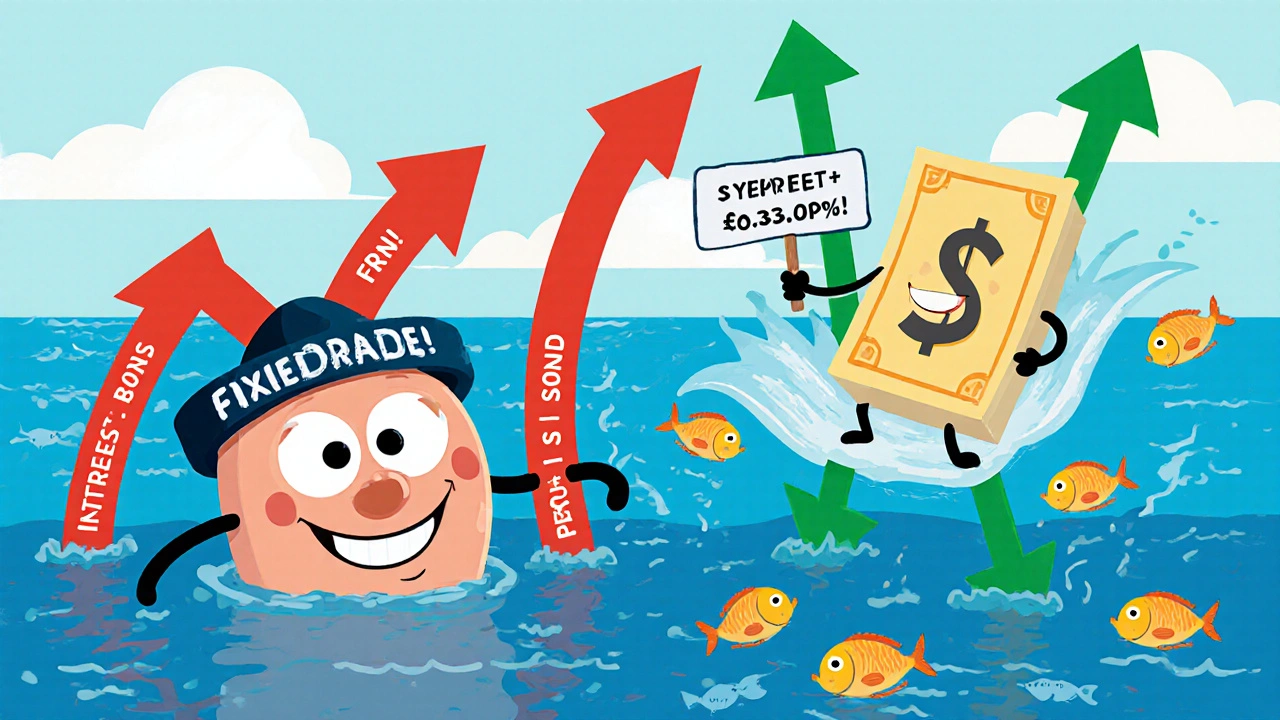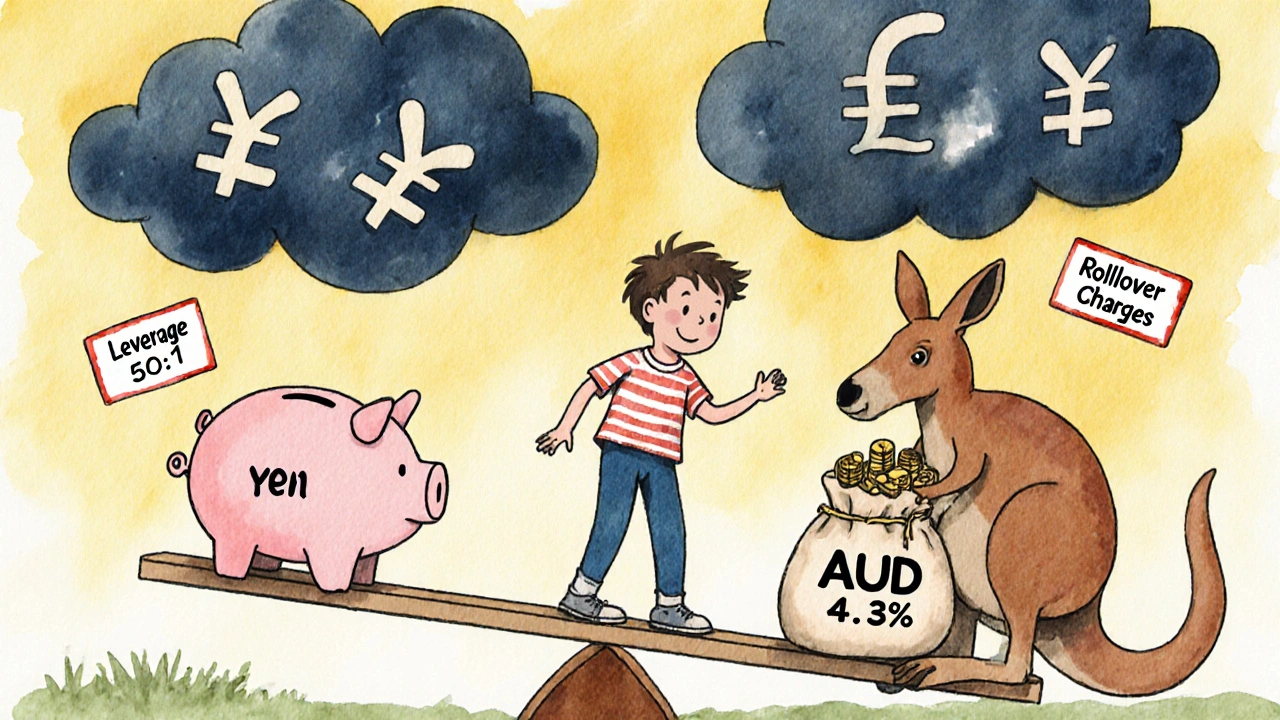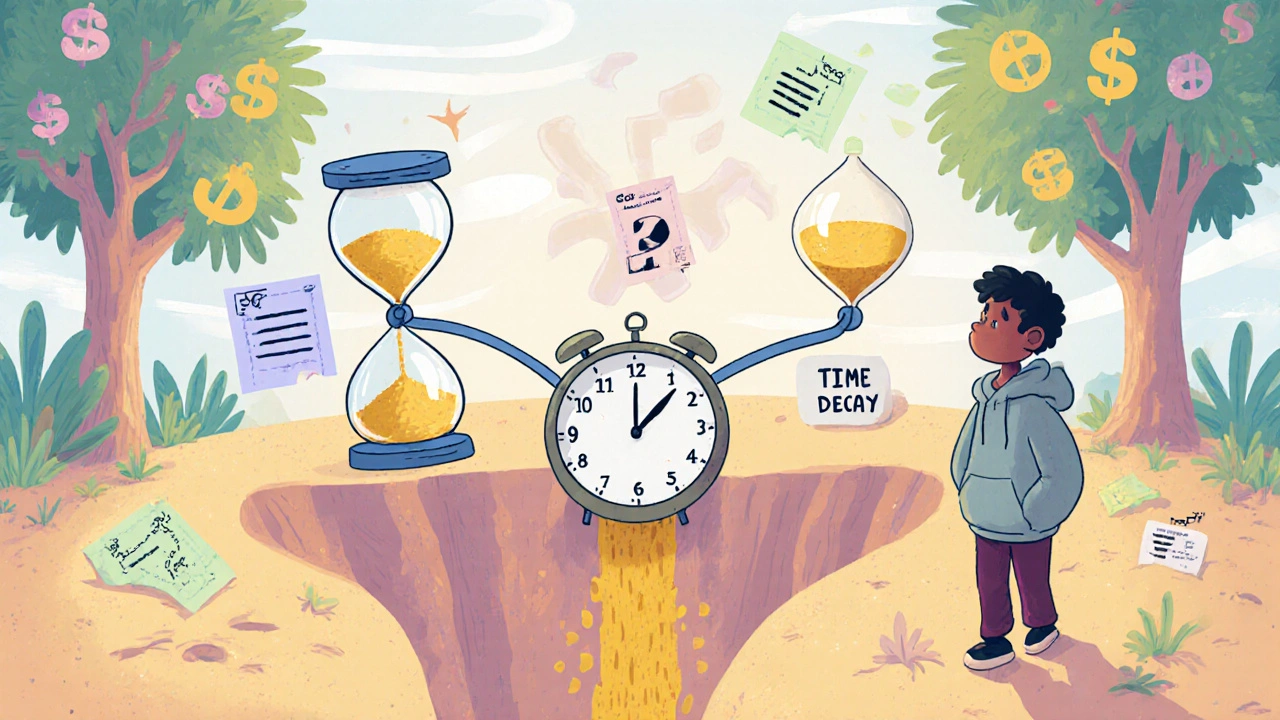Investing: How to Build Smarter Portfolios with ETFs, Bonds, and Tactical Strategies
When you think about investing, the act of putting money to work to grow wealth over time, often through assets like stocks, bonds, or funds. Also known as capital allocation, it’s not about guessing markets—it’s about understanding how different assets behave under real conditions. Whether you’re chasing income from dividends or trying to protect your savings from inflation, investing works best when you know what you’re holding and why.
Most people start with broad ideas like "buy stocks" or "get bonds," but the real choices come down to specifics. Take ETFs, exchange-traded funds that bundle assets like stocks or bonds into a single tradable share. Also known as index funds, they’re the backbone of modern portfolios because they offer low-cost exposure to entire markets. But not all ETFs are equal—some track the same index but charge different fees, hold different stocks, or use leverage you didn’t even know was there. Then there’s bond funds, pools of debt securities managed by professionals, offering steady income but with price swings tied to interest rates. Also known as fixed-income funds, they’re often confused with individual bonds, which behave completely differently when rates change or you need to sell early. And if you’re looking for higher yields, mortgage REITs, companies that earn income from mortgage-backed securities and pay out most of it as dividends. Also known as mREITs, they can deliver 8%, 10%, even 12% yields—but their value can drop 20% in a single quarter if interest rates shift just a little. These aren’t theoretical risks. People lose money because they don’t understand spread risk, book value volatility, or how leverage works in these assets.
What actually moves the needle in your portfolio?
It’s not just what you own—it’s how you adjust it. tactical asset allocation, a strategy that shifts portfolio weights based on changing market conditions, not just long-term targets. Also known as market timing with rules, it’s not about predicting the future—it’s about reacting to clear signals like volatility spikes, yield curve inversions, or sector rotation. When the market turns, a static 60/40 portfolio might bleed. A tactical approach can reduce losses by shifting into less risky assets before the crash hits. You don’t need fancy software or insider info. You just need a simple system based on data, not emotion.
What you’ll find below isn’t theory. These are real breakdowns of what works right now—how to compare two ETFs that look identical but have wildly different returns, why holding individual bonds might be smarter than a bond fund in 2025, how mortgage REITs can crush your portfolio if you ignore book value, and how to build a tactical strategy that doesn’t require you to watch the market every day. No jargon. No hype. Just clear, actionable insights from people who’ve been through the ups and downs. You’re not here to guess. You’re here to know.














